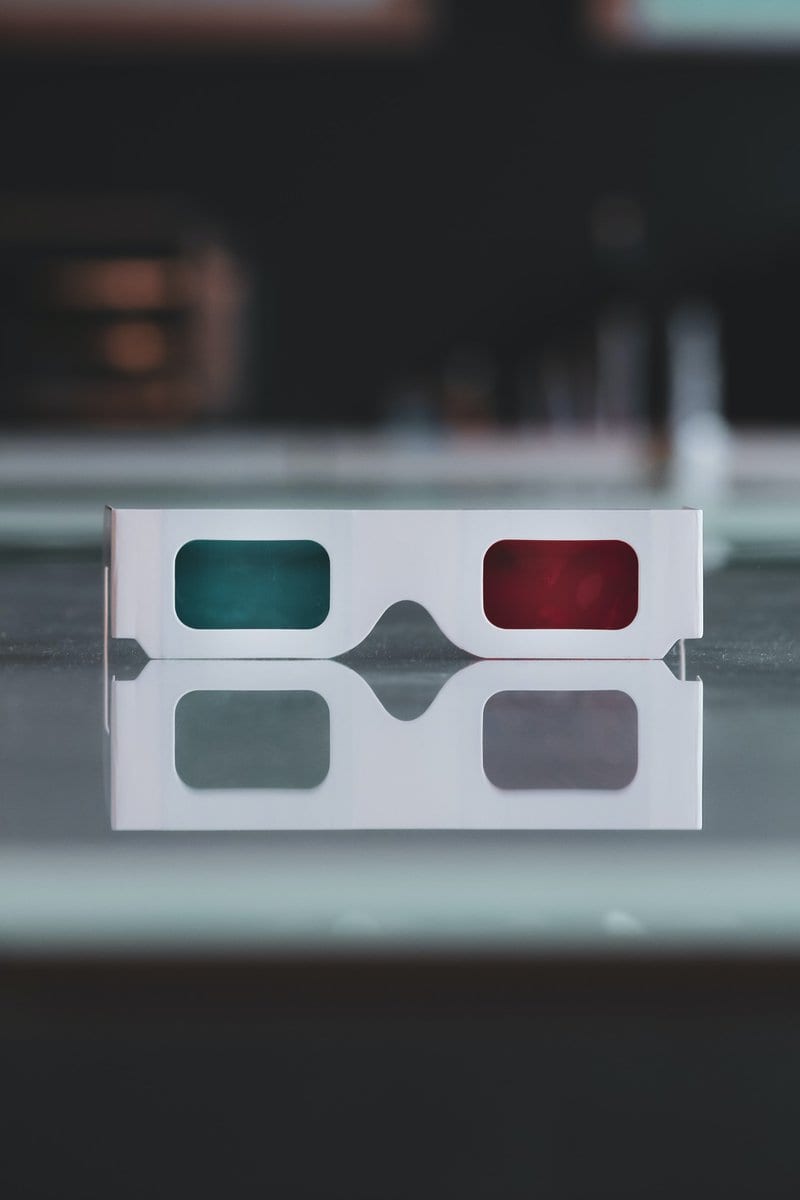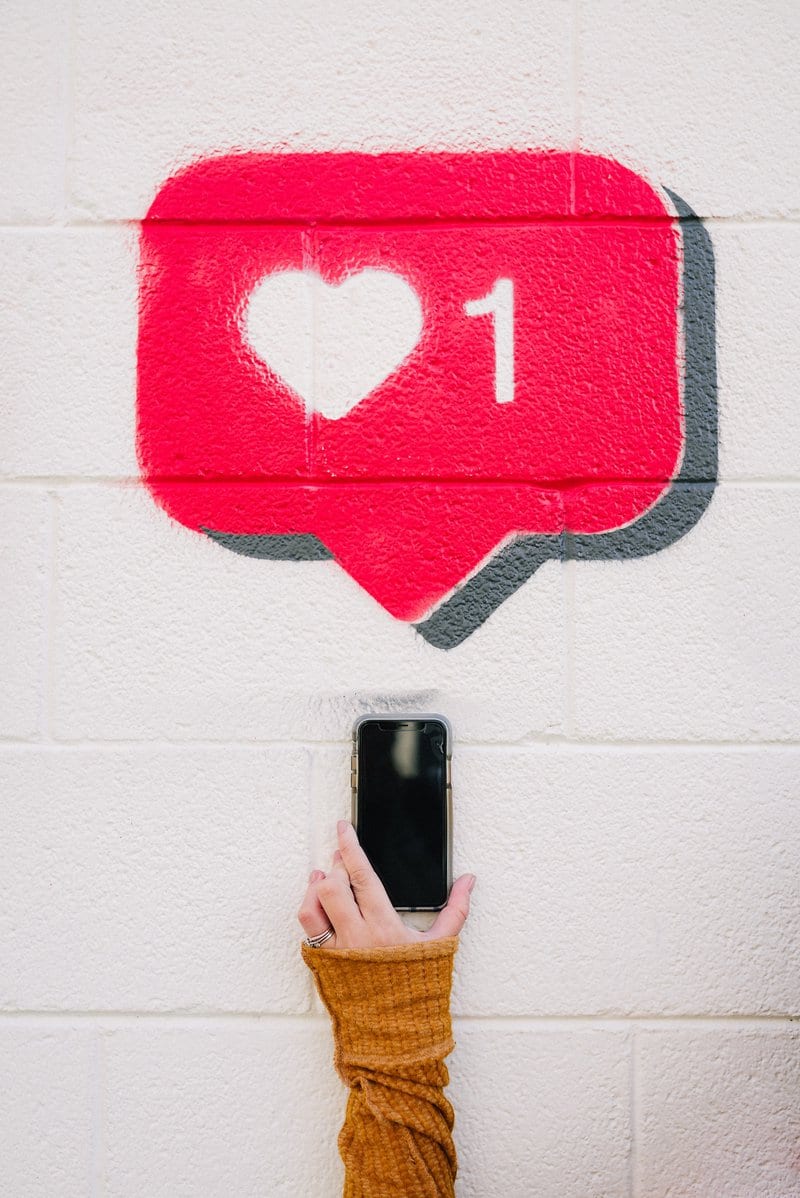The next big Facebook obsession is 3D photographs! Yes, you read that right. In this article, we would love to teach you everything you need to know about this new trend. Have you been looking for a new way to capture your friends’ attention on Facebook? It’s not a flying car or personal robot, but it is a fairly new development in the world of technology. 3D photography on Facebook is easy to use and very popular. As people that digest social media every day, we know how to tell the difference between something that is new and noteworthy and something that is not. It is time for us to jump into the future of Facebook crazes.

Table of Contents
What is a 3D Image, Anyways?
Hopefully, everyone reading this article has experienced the familiar joy of going to a 3D movie. There is nothing quite like wearing the classic red and blue cardboard glasses to a movie and munching on some warm, buttery popcorn. Have you ever wondered how those little cardboard glasses were able to completely alter your view of reality? In order to understand how to make a three-dimensional photograph, we must first understand what a three-dimensional photograph is in the first place. The most simple way to describe it is a form of photography that captures and displays two images that are slightly offset from each other. The two images are then layered on top of one another to mimic the depth that we experience in real life. Pretty cool, right?
Smartphones and 3D Images
If you are someone that is interested in experimenting with cutting-edge technology, this feature was made for you. In recent years, smartphone developers have created smartphones with features like dual lenses and portrait mode in order to better capture what we see with our naked eye. This setup makes it so that smartphone users can compare two images in a depth map. It is pretty amazing that two cameras sitting less than an inch from each other are capable of producing that much detail. The future is here and it’s time to embrace it.

A Brief History of 3D
In its beginnings, three-dimensional technology was only used in film photography and drawings. People desperately wanted a way to show depth as we see it through our naked eye. The most revolutionary use for 3D, however, came into play with film. The first three-dimensional film was released in 1920 and it was called “The Power of Love”. It was not until 1953 that three-dimensional technology was widely used by the film industry for the general public. That is when the traditional cardboard glasses that we all know and love came into play. Following these developments, everyday objects started to have three-dimensional aspects to them. For example, comic books, art kits, toys, and everything in-between became more exciting for the average consumer.
3D Printers
In recent years, the development of the three-dimensional printer has taken the world by storm. Since its development in 1980, scientists have worked tirelessly to perfect this technique. Three-dimensional printers allow users to create 3D objects by laying down many thin layers of material, usually plastic. Now, three-dimensional printers are widely accessible to the general public. So widely accessible, in fact, that people have access to them from the comfort of their own homes!

The Basics
In the past, it was necessary for people to have two cameras instead of one to yield results with 3D photography. All you need now is a smartphone with some form of portrait mode. These smartphones are capable of generating depth maps. This is ultimately the secret to a successful 3D image. Having a newer iPhone or Android model makes the process much easier, but it can be done with other devices through outside apps.
How to Create a Facebook 3D Photograph
Here is a step-by-step tutorial on how to create your very own 3D photograph on Facebook.
1. Open your Facebook app and tap on the ‘What’s on your mind’ button.
2. Scroll through your options until you see ‘3D Photo’ and click that option.
3. Select your own photograph from your camera roll.
4. Wait patiently for Facebook to process your image.
5. Preview the three-dimensional effect by moving your phone around with your hands.
6. Add any other text or content that you would like and post it!
It truly is as simple as that.
Tips for Better Results
Just like anything, your results might not come out exactly how you would like. After all, this is a fairly new concept for Facebook and the technology is not perfect quite yet. The three-dimensional effect on Facebook is pretty convincing, however, the app is unable to create new data that is not already in the image. In other words, Facebook’s 3D technology can not always fill in the gaps for information they are not able to pick up on. When something like this occurs, the program simply uses nearby pixels to try and fill in the blanks with what it has. It is like trying to draw something from memory when you can’t quite remember some details. This can result in some blurriness, so it might be best to avoid patterned backgrounds.
Best Scenario
According to Facebook, their three-dimensional technology works best when there is not a narrow object in the foreground. The depiction of these subjects can be very skewed because the program does not always know how to calculate certain depths. Additionally, they recommend selecting photographs that contain objects at various depths. These kinds of images usually produce the best results with Facebook’s current technology.

Best Subject Matter for 3D Photography on Facebook
Just like any social media platform, you have the power to experiment with anything you want! With that being said, there are a few subjects that tend to produce a better outcome with 3D photography. While you are reading this, keep in mind that this information is largely subjective, so these are not concrete rules. Feel free to experiment freely!
1. For starters, it is easier to work with objects that are still and not moving. This can include subjects like plants, architecture, or food. Human subjects and animals work too, but stagnant subjects usually yield better results.
2. Search for subjects that have a distinct foreground and background. To make this more understandable, you want your images to split evenly, so the technology is better able to discern the subject from the background.
3. The depth calculations for Facebook’s 3D technology work best when 18 inches and 10 feet apart. Keeping this in mind, try to take photographs where the foreground is not too far away from the background.
4. Try to avoid transparent materials like glass or liquids, unless you are willing to experiment! At times, Facebook’s 3D technology is not able to discern transparent materials and the results can be dicey. Transparent objects tend to confuse the depth perception of the camera.
5. Try to keep as still as you can! The camera takes a little bit more time to process an image when it is three-dimensional. Shaky cameras will most likely produce blurry results. If it helps, find a steady surface to set your camera up on!
6. If you are interested in shooting a more geometric shot, do not be afraid to play around with angles. This approach usually yields the most interesting results. Try your hardest not to shoot head-on for the best three-dimensional results in the photograph.
7. Avoid low light. If there are places that a camera cannot see, it will produce its own results, which can turn out quite wonky at times.
8. At times, landscapes can be a tough thing to shoot three-dimensionally. Placing an item near the ground to create more depth creates beautiful results.

Results from 3D Photographs on Facebook
There is no doubting that 3D photography on Facebook are futuristic and just downright cool. They have the power to stop people in their tracks because they demand attention. As humans, we are typically drawn to new technologies that we do not yet understand. With this being said, there tends to be more Facebook engagement with three-dimensional posts. If your goal is to increase engagement with your posts, harnessing the power of three-dimensional images might be the move for you. Not only does this technology play on our natural human instincts of curiosity, but it also gives us something to talk about! So, why not try it out yourself?
Parting Shots
Keeping all of this in mind, it is time to embrace the future for what it is. Now that you know how to capture a three-dimensional image from the comfort of your own phone, do not be afraid to test out the waters and share your results with your friends!
FAQs
- How do I use 3D photography on Facebook?
- How does a 3D photograph work?
- What are some tips for the best results?
- What are the best subjects for 3D photography on Facebook?
- Will a 3D Facebook post boost my engagement?


Contact Us Today!